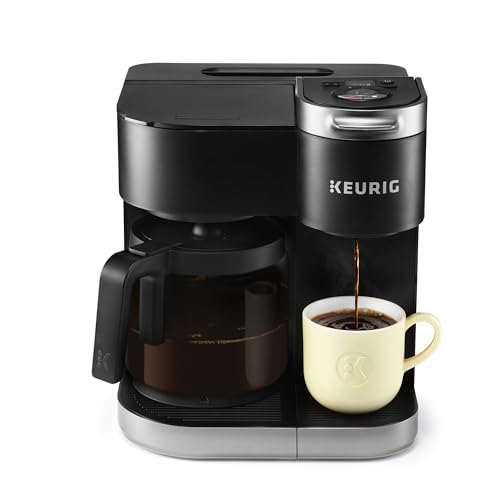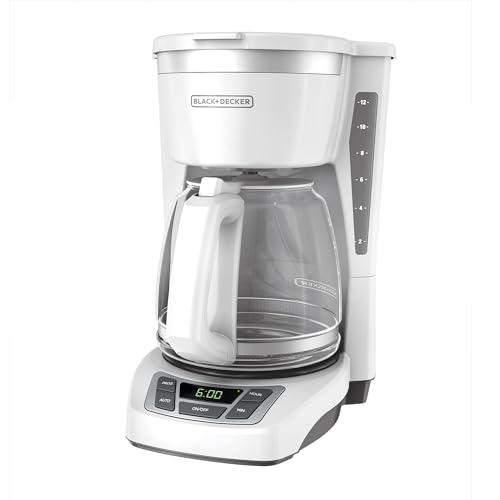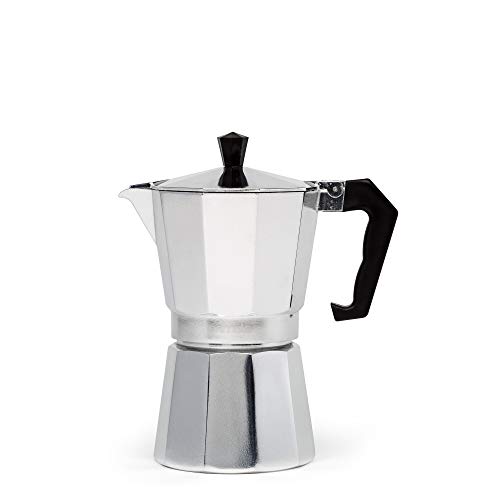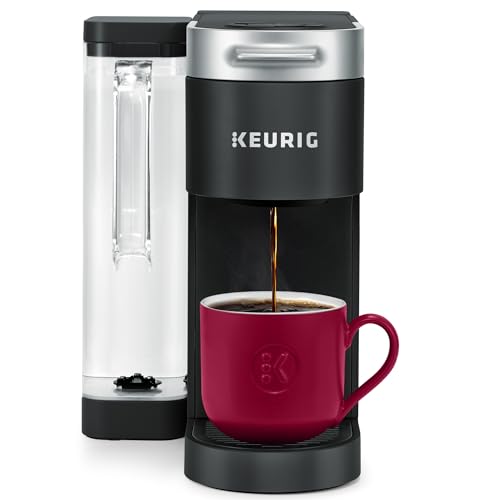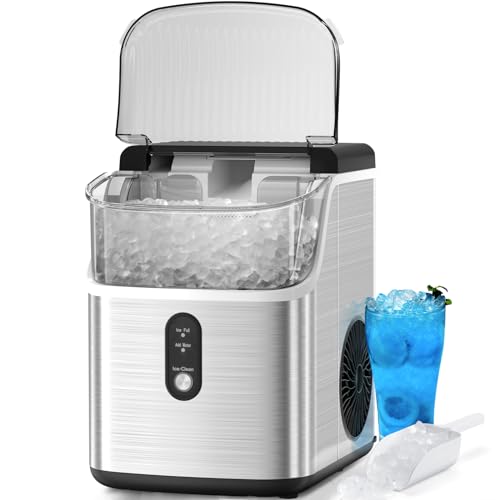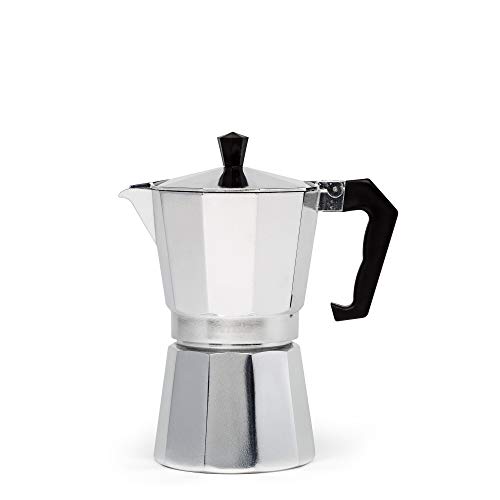Can a freestanding wine cooler be built-in? This is a question that many wine enthusiasts find themselves asking when considering the layout of their wine storage. The answer is not as straightforward as one might imagine, largely due to the specifics of the wine cooler’s design and functionality.
Wine coolers are designed to maintain optimal temperature and humidity conditions for the preservation and aging of wine. Freestanding wine coolers, specifically, are typically designed for placement in open spaces where they have appropriate ventilation.
Integrating such a cooler into a built-in structure necessitates a careful evaluation of the cooler’s design, ventilation needs, and the spatial constraints of the proposed built-in location.
This article intends to clarify the complexities involved and provide useful guidance for those pondering over the question, “can a freestanding wine cooler be built in?“.
What Types of Wine Coolers are Available?
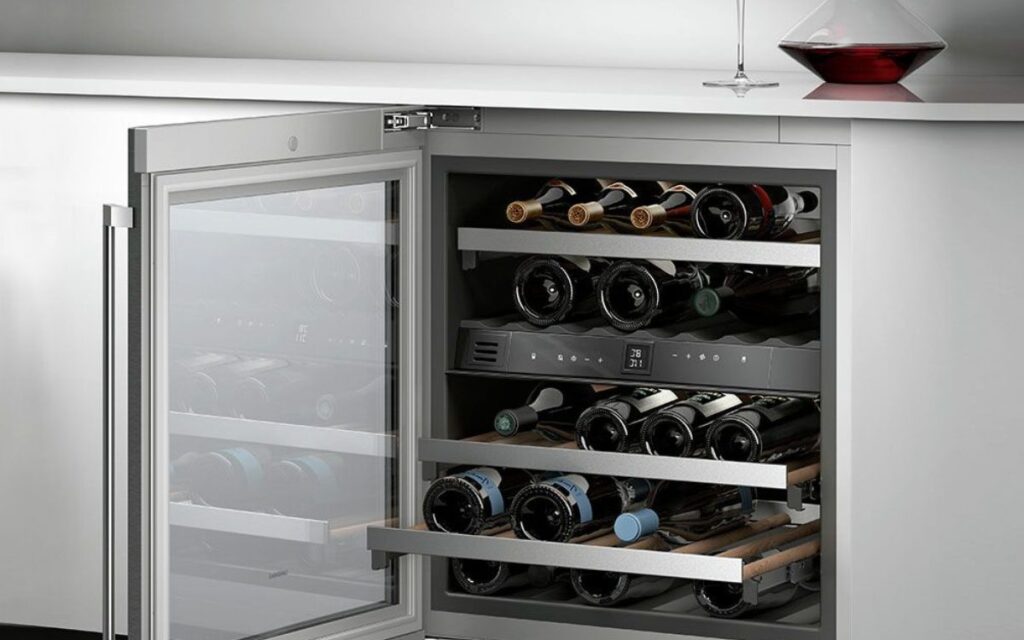
There are two main types of wine coolers: freestanding and built-in. Freestanding wine coolers, as the name suggests, are standalone units designed to be placed anywhere in your home where there is ample space and proper ventilation.
These coolers are typically easy to install and move, offering great flexibility in terms of location and positioning. However, they require plenty of clearance on all sides to ensure proper heat dissipation.
On the other hand, built-in wine coolers (also known as under-counter or integrated wine coolers) are designed to blend seamlessly with your kitchen or bar cabinetry.
These models are vented at the front, eliminating the need for extra clearance for heat dissipation on the sides or back. Built-in wine coolers give a sleek, streamlined aesthetic to your space but require careful planning and installation.
It’s crucial to understand the distinct features and requirements of both types when pondering the question, “can a freestanding wine cooler be built in?” The suitability of a freestanding wine cooler for built-in installation will largely depend on its ventilation system and the spatial allowances of the intended installation area.
Main Differences Between Freestanding and Built-in Wine Coolers
Although both types of wine coolers serve the prime role of preserving your wine under optimal conditions, there are a few key differences in their features, price, ease of use, and energy efficiency.
Freestanding wine coolers are generally more cost-effective and easier to install, as they require no structural modifications.
They offer the flexibility of being movable and adaptable to different spaces, making them an ideal choice for those who may need to rearrange their spaces frequently.
Built-in wine coolers, though more expensive, offer a cohesive look and save space, as they are integrated into existing cabinetry.
They are often preferred for their aesthetic appeal and for the way they seamlessly blend into a kitchen or home bar layout. However, the installation process for built-in coolers is more complex and may require professional help.
In terms of energy savings, built-in coolers tend to be more efficient due to their advanced cooling technologies.
They are often equipped with dual temperature zones for accommodating both red and white wines at their respective ideal temperatures. However, they need a well-planned installation to ensure efficient front ventilation and to avoid overheating.
On the other hand, freestanding units tend to use less energy but may struggle to maintain consistent temperatures if not adequately ventilated. They typically require clearance on all sides for heat dissipation.
In summary, the choice between a freestanding and built-in wine cooler will largely depend on your specific needs, budget, space restrictions, and aesthetic preferences.
Can a Freestanding Wine Cooler Be Built-In?
The answer to whether a freestanding wine cooler can be built in lies somewhere between the realms of feasibility and advisability.
Technically, it’s possible to place a freestanding unit into a built-in space, although this is typically not recommended by manufacturers. The main reason being that freestanding wine coolers are designed for open spaces providing comprehensive ventilation.
Enclosing these units in a restricted space can hinder their ability to dissipate heat effectively, which could potentially lead to overheating and consequent failure of the cooling system.
Moreover, without proper ventilation, freestanding units may struggle to maintain consistent temperatures, thereby negatively impacting the quality of the wine.
The unit may also work harder to maintain set temperatures, leading to increased energy usage, higher operating costs, and a shortened lifespan of the cooler.
However, if you’re adamant about converting a freestanding cooler into a built-in one, it’s imperative to ensure adequate provision for ventilation. This might include leaving sufficient space around the unit, particularly at the back and sides for heat dissipation.
You may also need to consider using external fans or a ventilation system to assist with the expulsion of heat, although this can further complicate the installation process and incur additional costs.
Remember, improperly installing a freestanding cooler in a built-in setting could void the manufacturer’s warranty, leaving you to bear the full cost of any necessary repairs or replacements.
In conclusion, while it might be technically possible to build a freestanding wine cooler into a confined space, it’s generally not advisable due to the potential risks to the unit’s performance, lifespan, and the quality of your wine.
If you prefer a built-in aesthetic, it would be wiser to invest in a wine cooler specifically designed for built-in applications.
Is Built-in Same as Integrated?
The terms ‘built-in’ and ‘integrated’ are often used interchangeably when discussing wine coolers, but there are subtle differences between the two. A built-in wine cooler is designed to fit under a counter or within a specific space in the cabinetry but its front is usually visible.
On the other hand, an integrated wine cooler is designed to be completely enclosed within the cabinetry, with only the door visible. This means it is fully integrated into the design of the kitchen or bar area, often featuring a custom panel to match the existing cabinetry.
Therefore, while all integrated wine coolers can be considered built-in, not all built-in wine coolers are fully integrated.
Final Thought
In conclusion, while wine coolers, whether freestanding or built-in, serve the primary function of storing and preserving wine under ideal conditions, each type offers its unique set of benefits and drawbacks.
The choice primarily depends on your specific requirements, including space constraints, budget, aesthetic preferences, and the need for portability or permanence.
While it might be feasible to build a freestanding wine cooler into a confined space, it’s generally not recommended due to potential risks to the unit’s performance and the quality of the wine.
If a built-in aesthetic is preferred, it’s wiser to invest in a wine cooler specifically designed for built-in applications, ensuring optimal performance and longevity of the unit. Thus, in most cases, a freestanding wine cooler should not be built in.
